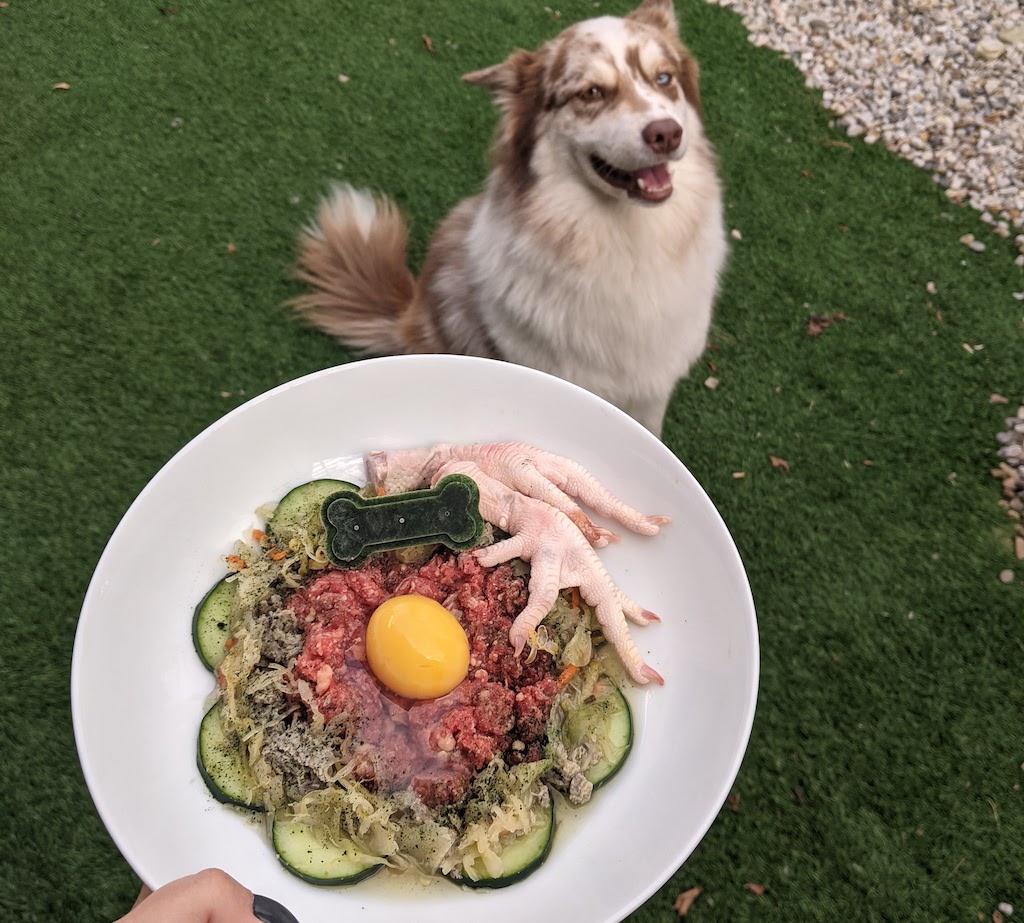Briana Marcil bought Tail Blazers West two and a half years ago, after managing it for the previous decade under old ownership. It’s part of a chain, but each store runs independently and follows its own philosophy, which in the case of Marcil (who trained as a red seal chef), means a focus on raw food that developed when her dog became sick and she first entered the store as a customer. “We avoid as many fillers, as many synthetic vitamins and as many chemicals as possible — you won’t find things like Iams or Purina or some of the veterinary brands in our in our stores.”
Marcil acknowledges that raw feeding is a “mild area of contention” among veterinarians, and even other Tail Blazer store owners, but points out that kibble was only invented after World War II, so even the farthest-from-wolves breeds like pugs have been eating raw for most of their existence. “Raw is a style of feeding that I would say is appropriate 80 per cent of the time for dogs, cats, puppies, kittens and senior animals. Most animals have the ability to digest this diet.”
If your pet’s only ever eaten traditional store food, Marcil doesn’t recommend switching to raw full time. But once or twice a week (or on their birthday, or National Cook for Your Pets Day) is a nice change, and premix options are the best way to start. “Our foods come balanced with muscle meat, organ meat, bone content, and then fibre for most dogs because dogs do require fibre, but they don’t have any real requirements for oats and barley and rice and chickpeas and all the things that go into kibble. When we’re talking about fibre sources in raw food, we’re talking about leafy green vegetables and some berries — things that coyotes are going to find in the wild — and wild spinach, arugula, a lot of kale, spinach, parsley, and tuber vegetables, like carrots, and sometimes blueberries. It’s quite a misconception that an animal should be on the same thing its entire life. We highly recommend variety.”
